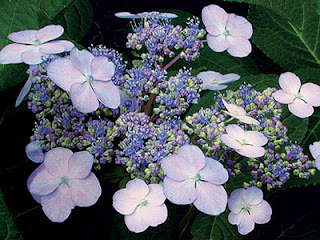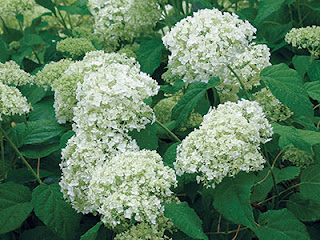Did you know that plain old kitchen Cinamon is an amazing fungicide? Not only that, but cinnamon can be used in the garden so many different ways. I've discovered 8 different ways to use cinnamon for plants. From fungus killer to rooting hormone, cinnamon has got ya covered!
There are 2 things that I'm sure you know about me by now.
1) I'm frugal
2) I prefer to do things as natural as possible.
Pretty simple right? I try to do things the way my great-grandma did. She lived on a farm in the 1920's, and raised 6 kids on 1 income! Everything did double duty and it was done the cheapest way possible. I'm just like her!
So I'm often looking for simple solutions instead of the expensive commercial crap the media tries to convince us we need now.
That type of search is exactly what led me to cinnamon as a remedy for what ails my plants. I mostly use cinnamon for seedlings since cinnamon prevents dampening off disease, but it can be used several other ways.
Here are my most common uses for cinnamon in the home & garden.
How to use cinnamon in your garden
1) Cinnamon saves seedlings.
The term dampening off covers a range of diseases that attack a seed/seedling either before or after germination and cause the seedling to die. They can be caused by several different fungus and soil conditions.
A few years back I read that if you dust the soil of seedlings with cinnamon, it will prevent dampening off. I've been doing it since with great results! This makes a lot of sense too, since cinnamon has antifungal properties.
This also gets rid of those little fungus gnats that somehow appear around seedling trays. Cinnamon kills the fungus they feed off of.
Nothing worse then having to waste a beautiful day pulling mushrooms from the mulch in my flower beds. Mushrooms are fungus and luckily cinnamon has antifungal properties.
By dusting cinnamon all over the garden mulch, it helps to control mushroom growth. Don't worry, it won't hurt your plants.
3) Cinnamon as rooting hormone.
Cinnamon is much cheaper than the chemical rooting hormone they sell in the big box store and just as effective! Just allow the cutting to dry slightly then apply cinnamon powder to the stem before you plant the cutting.
Ants do not like cinnamon! Sprinkle cinnamon in your greenhouse or around your garden beds to deter garden pests. It will not kill the ants, but they will stay away from it.
Sprinkle a line of it in front of your doors if ants are coming into your house. They really hate to cross a line of cinnamon!
5) Cinnamon heals plant wounds.
Overzealous pruning or a slip of the weed whacker and you'll have a plant with a wound that needs fixed up. Simply dust cinnamon on the wound to encourage healing and prevent fungal infection at the same time.
6) Deters furry pests.
Dust cinnamon along the outside of the garden to deter rabbits, squirrels and even moles. Small critters are close enough to the ground that as they walk through the cinnamon they will get it on their face and breathe it in.
Cinnamon will irritate the mucous membranes of their nose and mouth without causing permanent harm, but will deter them from visiting again.
7) Flying bug deterrent.
Cinnamon oil is known to be a deterrent for flying bugs like mosquitoes. When dusted around the garden, cinnamon powder can have the same effect. Also see #8 for more flying bug info...
8) Cinnamon for house plants.
Cinnamon gets rid of molds and mildew in house plants too. Simply sprinkle a bit of cinnamon on the soil. Fungus shows up as discolored spots on the soil.
It will also get rid of gnats if you happen to have them buzzing around your house plants. These are the same gnats seedlings get. The cinnamon destroys the fungus they feed on and the gnats will die.



































